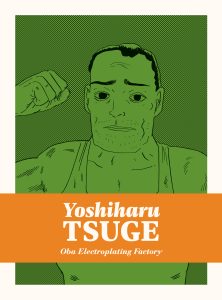
Writer: Yoshiharu Tsuge
Artist: Yoshiharu Tsuge
Translator: Ryan Holmberg
Lettering: Anna Haifisch
Publisher: Drawn and Quarterly
Publication Date: August 13, 2024
Rating: Mature
Genre: Slice-of-life manga
Volume 4 of Drawn and Quarterly’s release of the elder Tsuge’s collected works compiles seven stories from 1973 and 1974 as he experiments with more autobiographical narratives inspired by the popular I-novel genre of literary fiction. The titular story, “Oba Electroplating Factory,” draws on Tsuge’s childhood memories of working for a similar type of small factory (and all of the horrors that implies), while other stories pull from other experiences of Tsuge’s late teens and early twenties.
I’ve read Red Flowers and The Swamp prior to this volume, so this is not my first experience with Tsuge. I’d have to say I prefer his travelogue, small-town observation stories to the often bleakly frank depictions of postwar poverty taking center stage in this volume, but his art continues to be absolutely masterful at depicting both character and environment. I was particularly blown away with the way he drew the river at Hanyu in “Wasteland Inn”: a flat expanse of white, still and unmoving and yet so clearly a river full of water despite the absolute minimalism of the rendering technique.
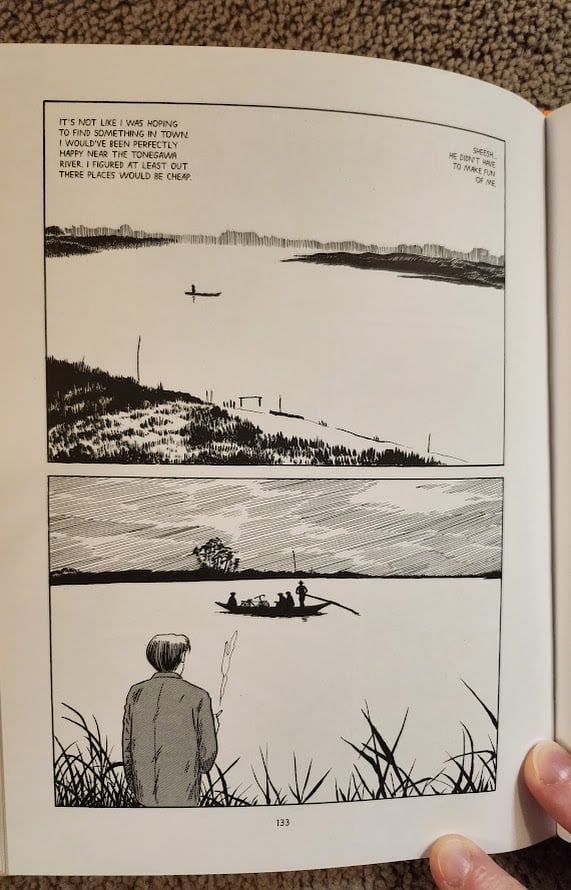 PC: Masha Zhdanova
PC: Masha ZhdanovaI also like how his narrators always look a little like muppets. I think he draws faces in a very charming style that is somehow both timeless and dated simultaneously.
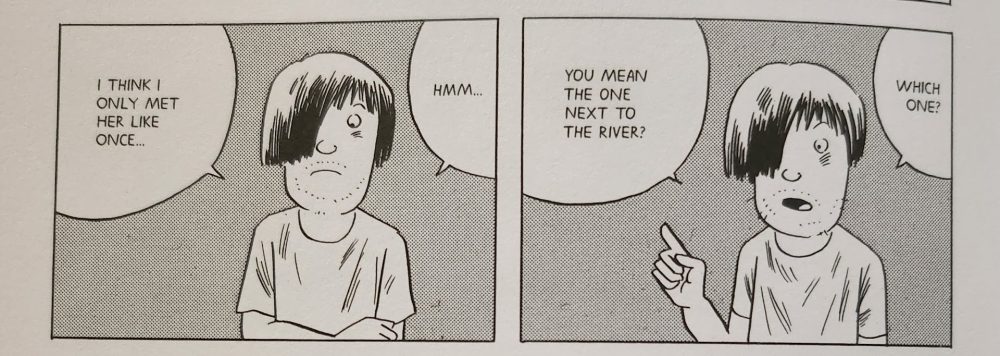 PC: Masha Zhdanova
PC: Masha ZhdanovaTsuge’s work reminds me of Shigeru Mizuki, and for good reason: he was an assistant at Mizuki’s studio, MizukiPro, for most of his early career, something Holmberg goes into detail about in the backmatter essay at the end of this volume. Holmberg’s essays are honestly worth the price of admission alone: the depth of his research and the precision of his analysis means they add valuable context to comics which, while interesting in themselves, are also coming to us from a very different time and place than where we are now.
One of the subjects discussed in the essay is how Tsuge was influenced by I-novels, a Japanese literary genre similar to autofiction in which the events of the story correspond to events in the author’s life, the most well-known example of which in the West may be Osamu Dazai’s No Longer Human. Having read No Longer Human for the first time a few weeks ago, I did notice some similarities in the narrative voice of Tsuge’s Yoshio character and Dazai’s Yozo. Yoshio is less depressing of a character to follow than Yozo, and I think that’s at least partly because, in the manga format, the reader isn’t inside a character’s head in the same way they are in a prose narrative. Instead of the bleakness coming through in words, it has to be communicated through the shabby interiors, the vacant backgrounds full of overgrown grass and dingy villages, and the sharp expressions of the people around Yoshio. (But also Yoshio is probably less depressed than Yozo, a bar which is very easy to clear.) Beautiful landscapes! Evocative little frowny faces.
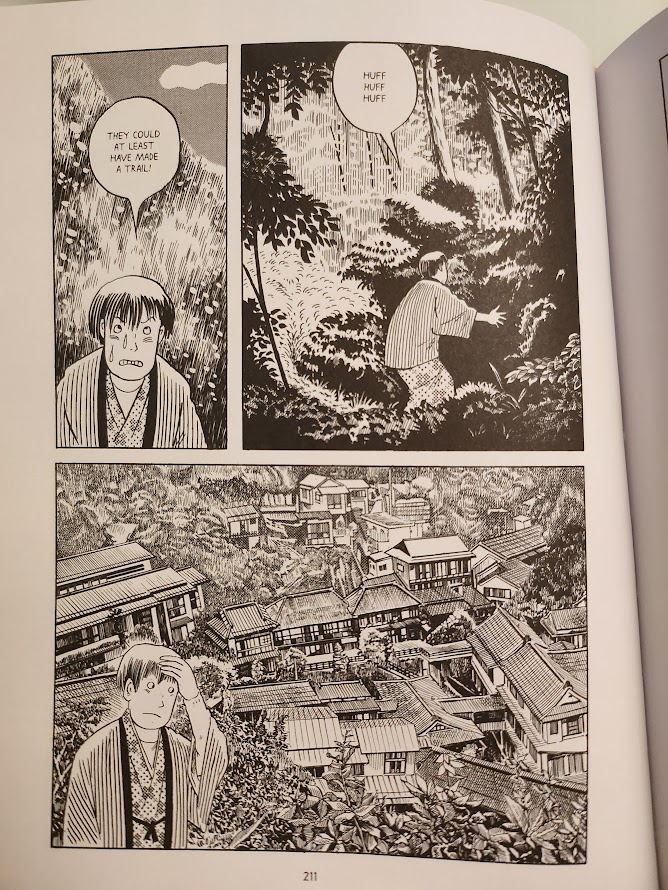 PC: Masha Zhdanova
PC: Masha ZhdanovaThe stories in this volume are over fifty years old, and yet so many of the complicated emotions Tsuge uses the medium of manga to express are still palpable even today. The stories in this volume have more of an erotic bent than the stories in Red Flowers, with several focusing on an affair with an innkeeper and the aftermath of such, inspired by a real fling Tsuge had (as per Holmberg’s essay). When collected together like this, the motif of the narrator visiting a shabby and out-of-the-way inn begins to feel repetitive, though the interpretations of it vary from story to story. However, collecting them together also makes it clear that “Someone I Miss” is at least partly about the process of creating “Yoshio’s Youth”, which might not have been evident if the two stories were published separately.
Drawn and Quarterly’s series of Yoshiharu Tsuge’s collected works contains two types of stories: the manga within its pages, but also the metanarrative of Tsuge’s development and growth as an artist, from his first forays into artistic gekiga manga to his maturation over decades in the industry, creating one-shots for a wide variety of publishers and magazines as the manga industry itself grew and developed from kid’s stuff to the serious art form it is today. Every volume leaves me entertained and more knowledgeable about a world I previously hardly knew. Oba Electroplating Factory is a collection that is contemplative, and deeply sad, and sometimes very funny, all at the same time. I’m looking forward to the next volume, coming out in August 2025.
Oba Electroplating Factory can be purchased directly from the publisher here.













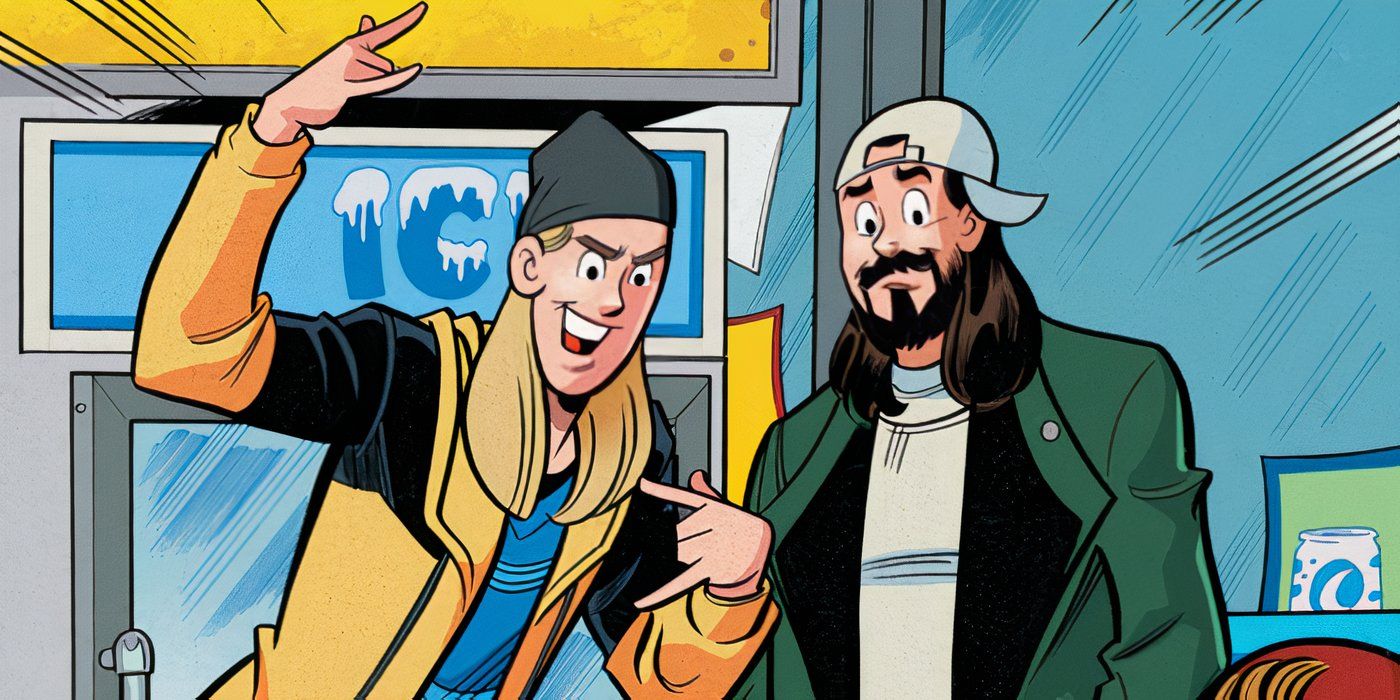
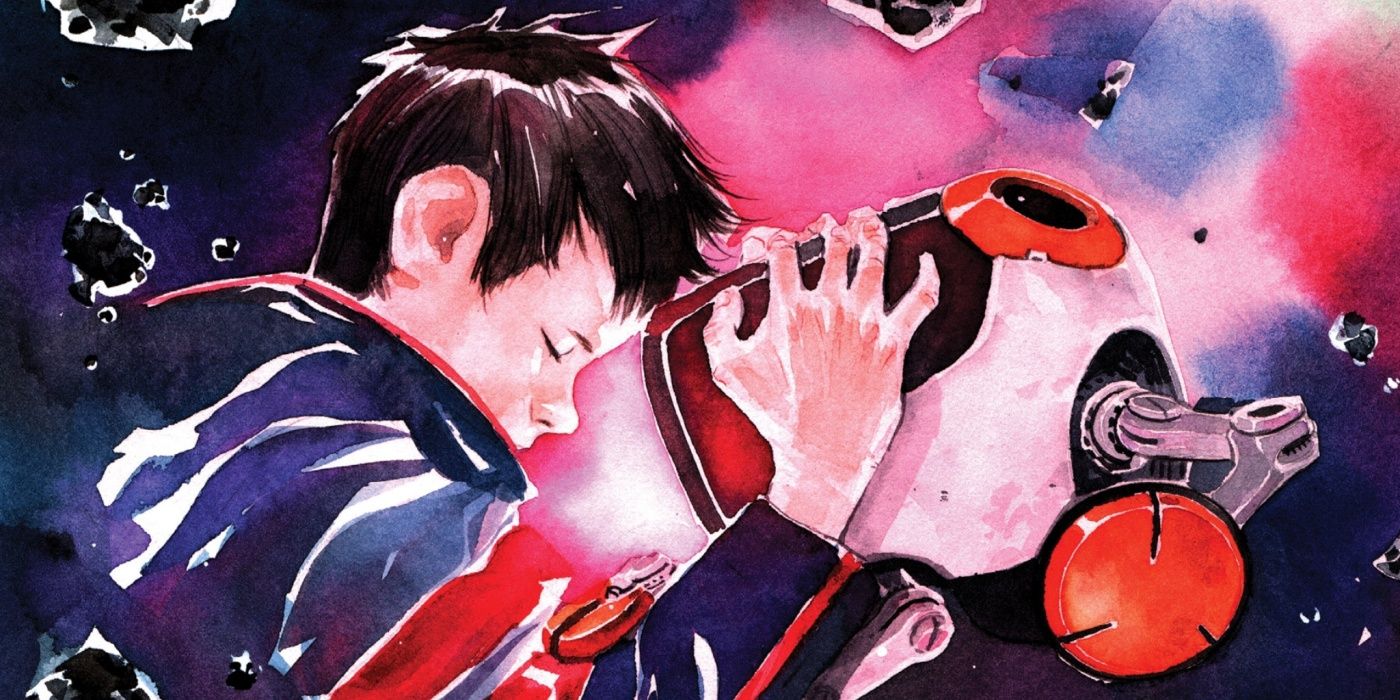

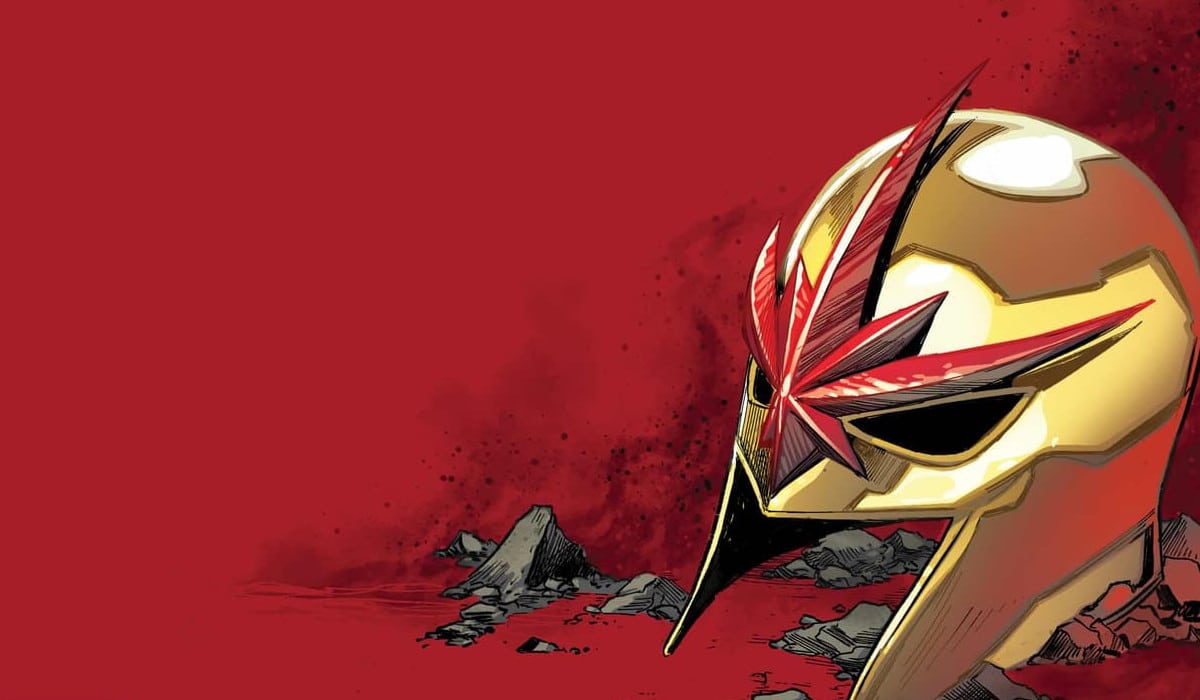

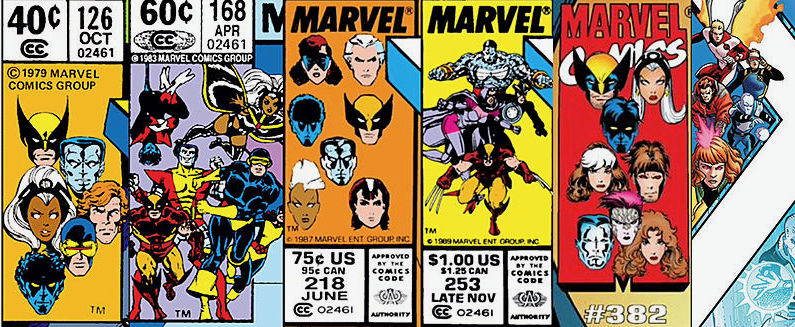

 English (US) ·
English (US) ·